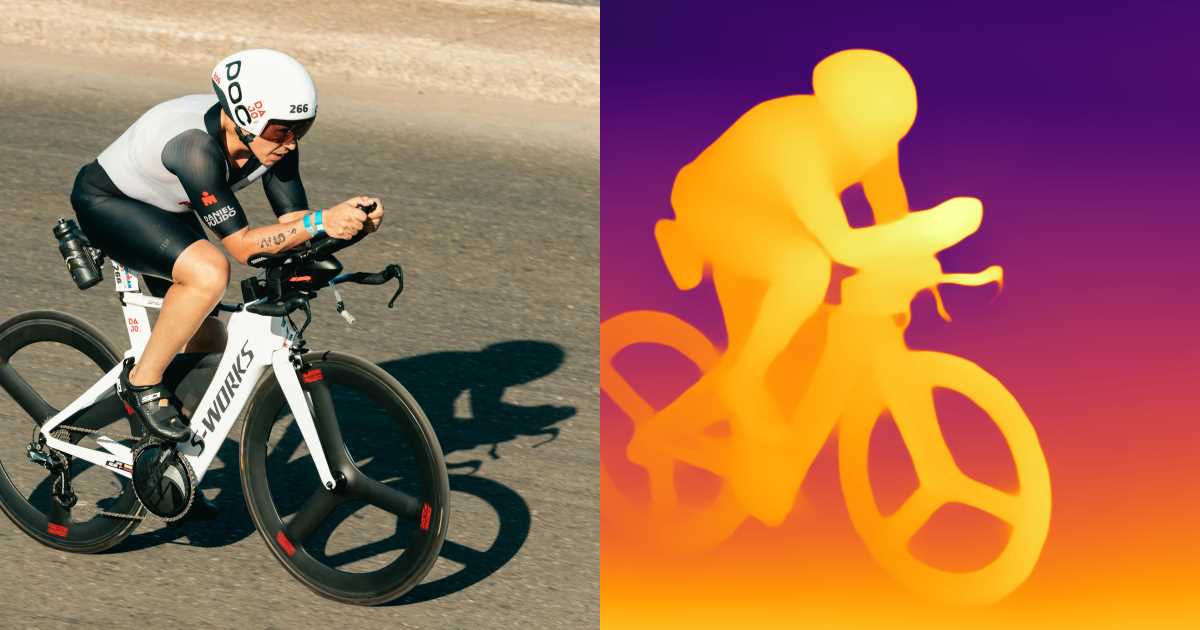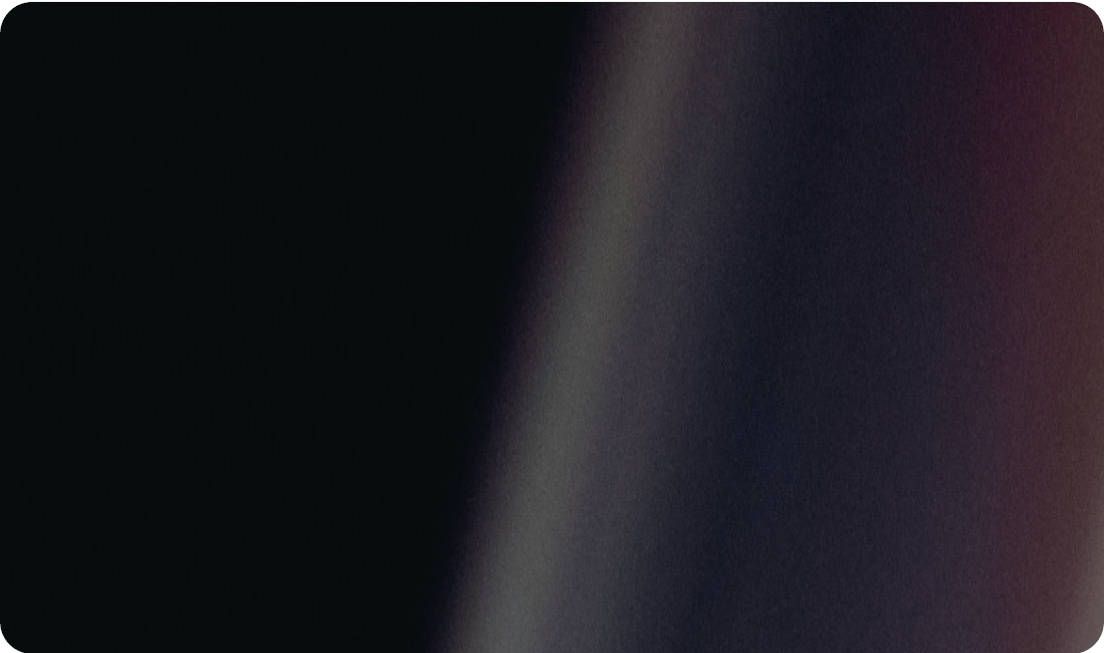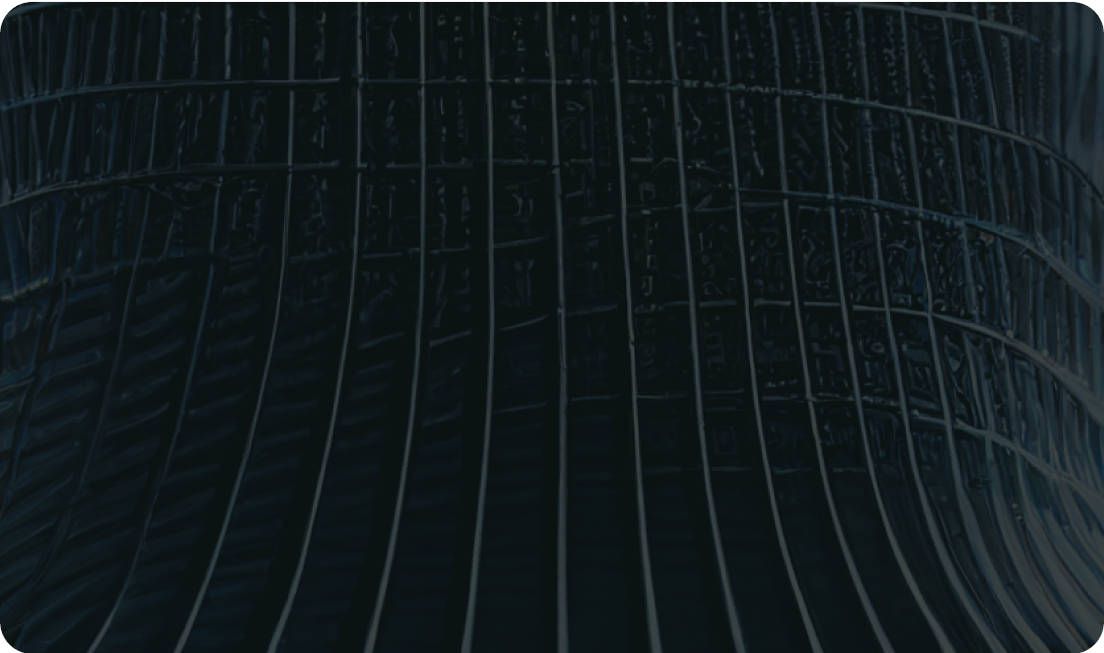Depth Anything: Unleashing the Power of Unlabeled Data for Depth Estimation


Depth Anything introduces a groundbreaking methodology for monocular depth estimation, eschewing the need for new technical modules.
Instead, it prioritizes the expansion of datasets via a distinct data engine that automatically annotates an extensive collection of unlabeled images, approximately 62 million in total. This approach substantially broadens data coverage and diminishes the model's generalization error.
As of its publication in January 2024, Depth Anything is recognized as the current state-of-the-art on the NYU-Depth V2 dataset, showcasing its exceptional capability in enhancing depth estimation accuracy and robustness.
Depth Anything is a groundbreaking methodology for enhancing monocular depth estimation by leveraging a large volume of unlabeled data. It does not rely on novel technical modules but on the vast scale of data and clever strategies to improve the model's ability to generalize across different images and conditions.
By automatically annotating nearly 62 million unlabeled images, Depth Anything vastly expands the training dataset, enabling the model to learn from a much wider variety of scenes and lighting conditions than previously possible.
Depth Anything operates by scaling up the dataset through a data engine that collects and automatically annotates a large number of unlabeled images. This process significantly enlarges data coverage, which is crucial for reducing the model's generalization error.
The methodology involves two key strategies: leveraging data augmentation tools to create a more challenging optimization target and developing auxiliary supervision to enforce the model to inherit rich semantic priors from pre-trained encoders. These strategies compel the model to actively seek extra visual knowledge and acquire robust representations.

This involves adding noise or variations to the input images during training to force the model to learn more robust and generalizable features.
These perturbed images are then processed through the same encoder-decoder structure
as labeled images. However, instead of relying on manual labels, they leverage pseudo labels generated by the teacher model.
This process underscores the semi-supervised learning aspect where the model also learns from unlabeled data, significantly enriched with semantic information and robustness through imposed challenges.
This constraint is designed to ensure that despite the absence of explicit labels, the model's predictions for unlabeled images retain semantic coherence with the learned representations, enhancing depth estimation accuracy and reliability.
The training of Depth Anything model leverages both labeled and unlabeled images through a combination of traditional supervised learning and innovative semi-supervised techniques. This approach significantly enhances the model's depth estimation capabilities by expanding its exposure to diverse data and challenging learning scenarios.
The performance of Depth Anything is compared with other models across various datasets and metrics, demonstrating its superior capability in monocular depth estimation:
Depth Anything exhibits stronger zero-shot capability than MiDaS, especially highlighted by its performance in downstream fine-tuning performance on NYUv2 and KITTI datasets.
any_vs_midas.jpg)
For instance, Depth Anything achieved an Absolute Relative Difference (AbsRel) of 0.056 and a δ1 metric of 0.984 on NYUv2, compared to MiDaS's 0.077 AbsRel and 0.951 δ1, showcasing significant improvements both in accuracy and the ability to predict depth information across different scenes.

Applications of monocular depth estimation (MDE) models like Depth Anything span across various domains, significantly benefiting fields that rely on understanding the spatial configuration of scenes from single images. Here are some key applications:
This is particularly useful in fields like graphic design, where artists and designers can create more lifelike scenes and visuals for various media, including video games, movies, and virtual reality experiences.
These applications demonstrate the broad impact of advances in MDE, like those achieved by Depth Anything, in enhancing machine perception and interaction with the physical world.
With the Ikomia API, you can effortlessly extract depth map on your image with Depth Anything with just a few lines of code.
To get started, you need to install the API in a virtual environment [3].
You can also directly charge the notebook we have prepared.
List of parameters:
- 'LiheYoung/depth-anything-small-hf' ; Param: 24.8M
- 'LiheYoung/depth-anything-base-hf' ; Param: 97.5M
- 'LiheYoung/depth-anything-large-hf' ; Param: 335.3M

[1] Depth Anything: Unleashing the Power of Large-Scale Unlabeled Data
[2] https://depth-anything.github.io/
[3] How to create a virtual environment in Python
[4] https://www.pexels.com/photo/man-riding-a-bike-on-a-championship-19748906/


